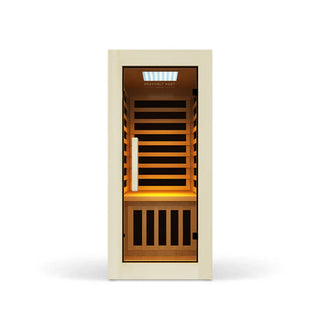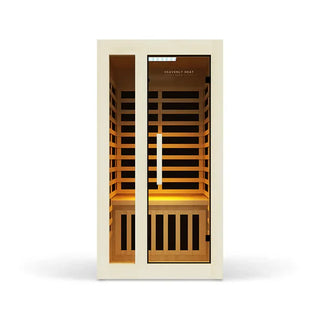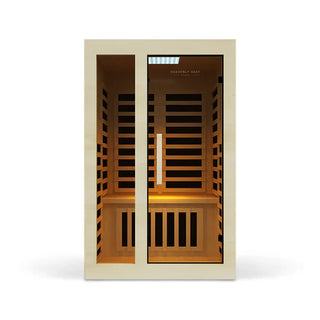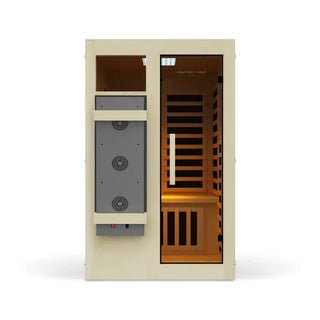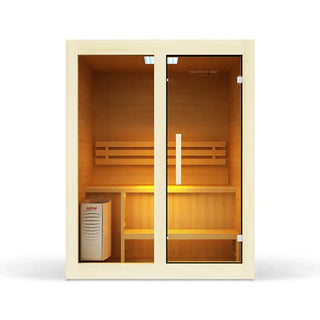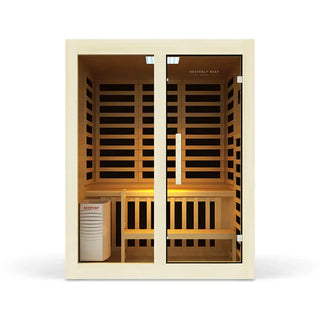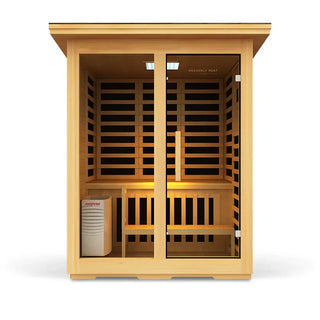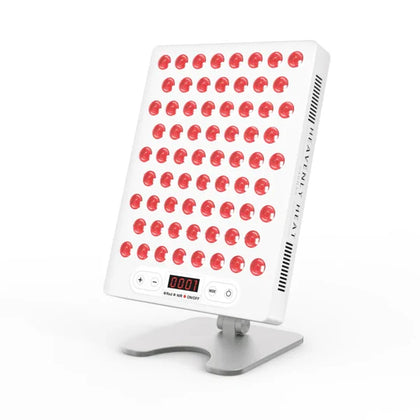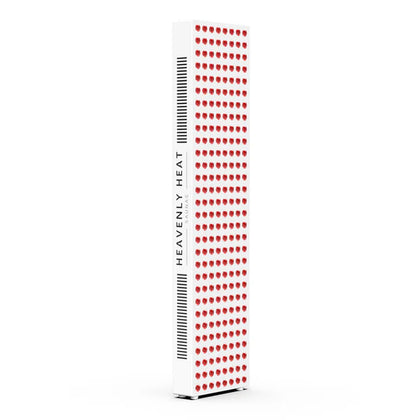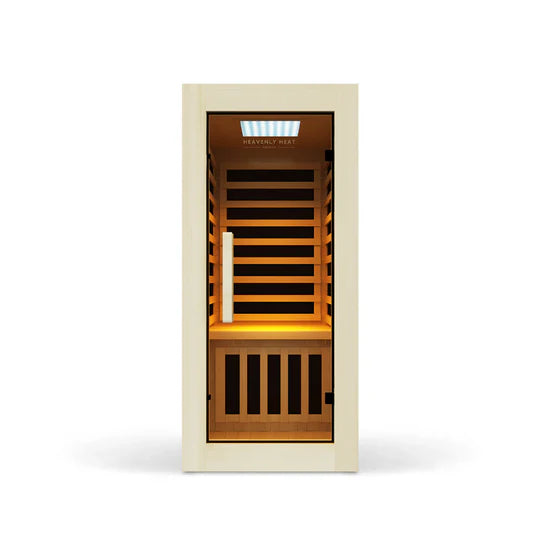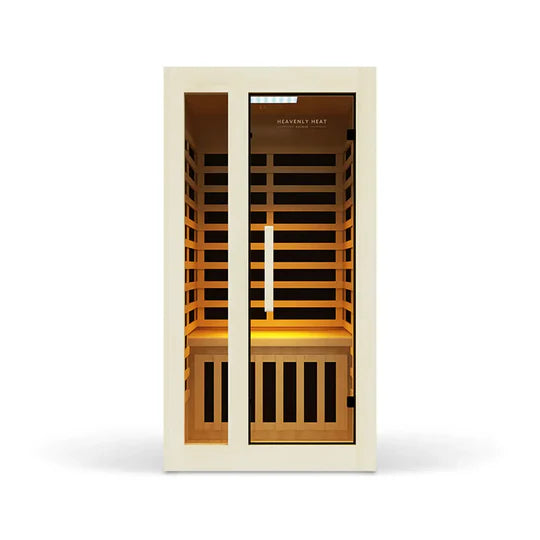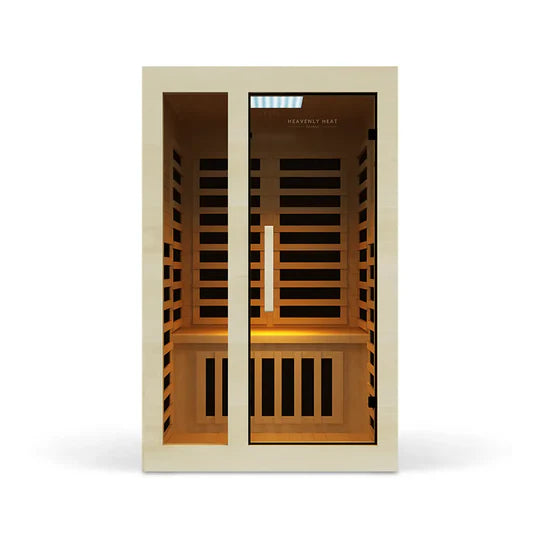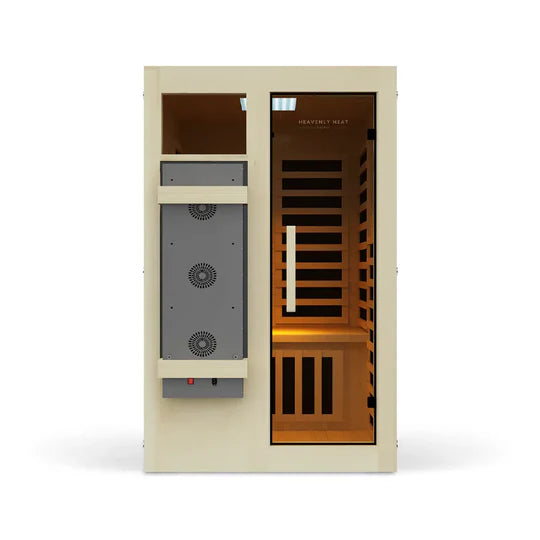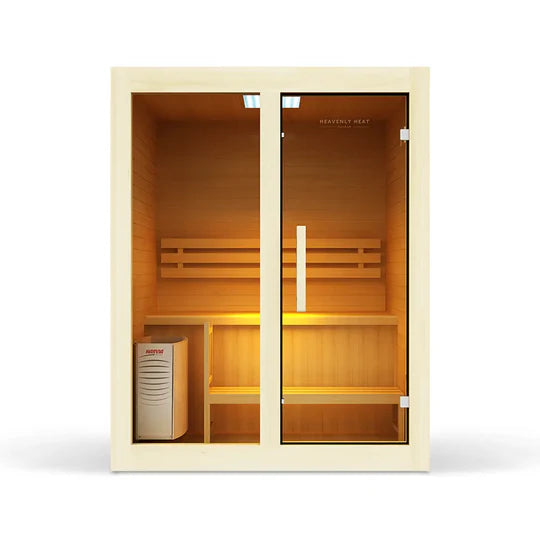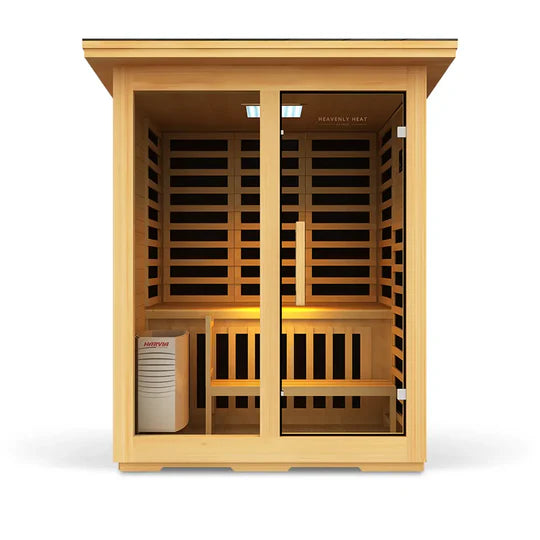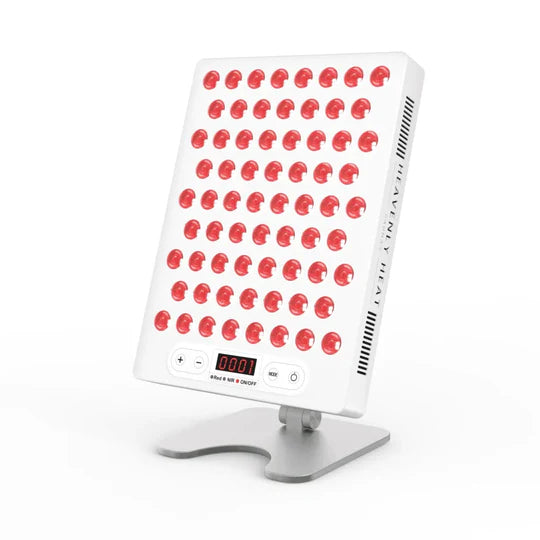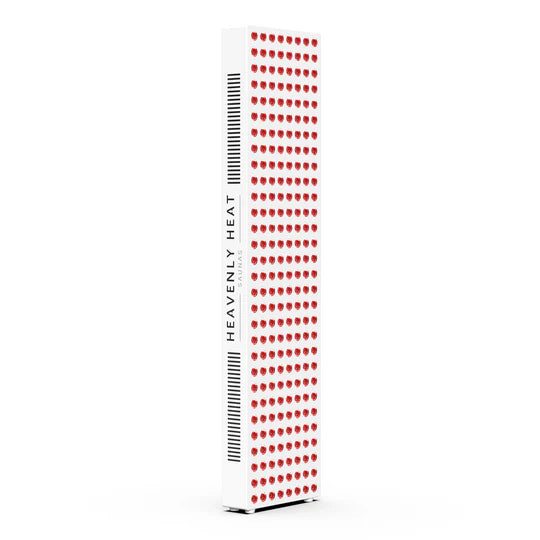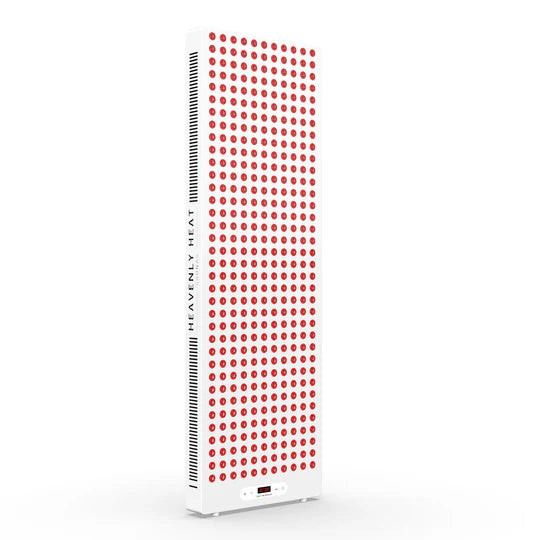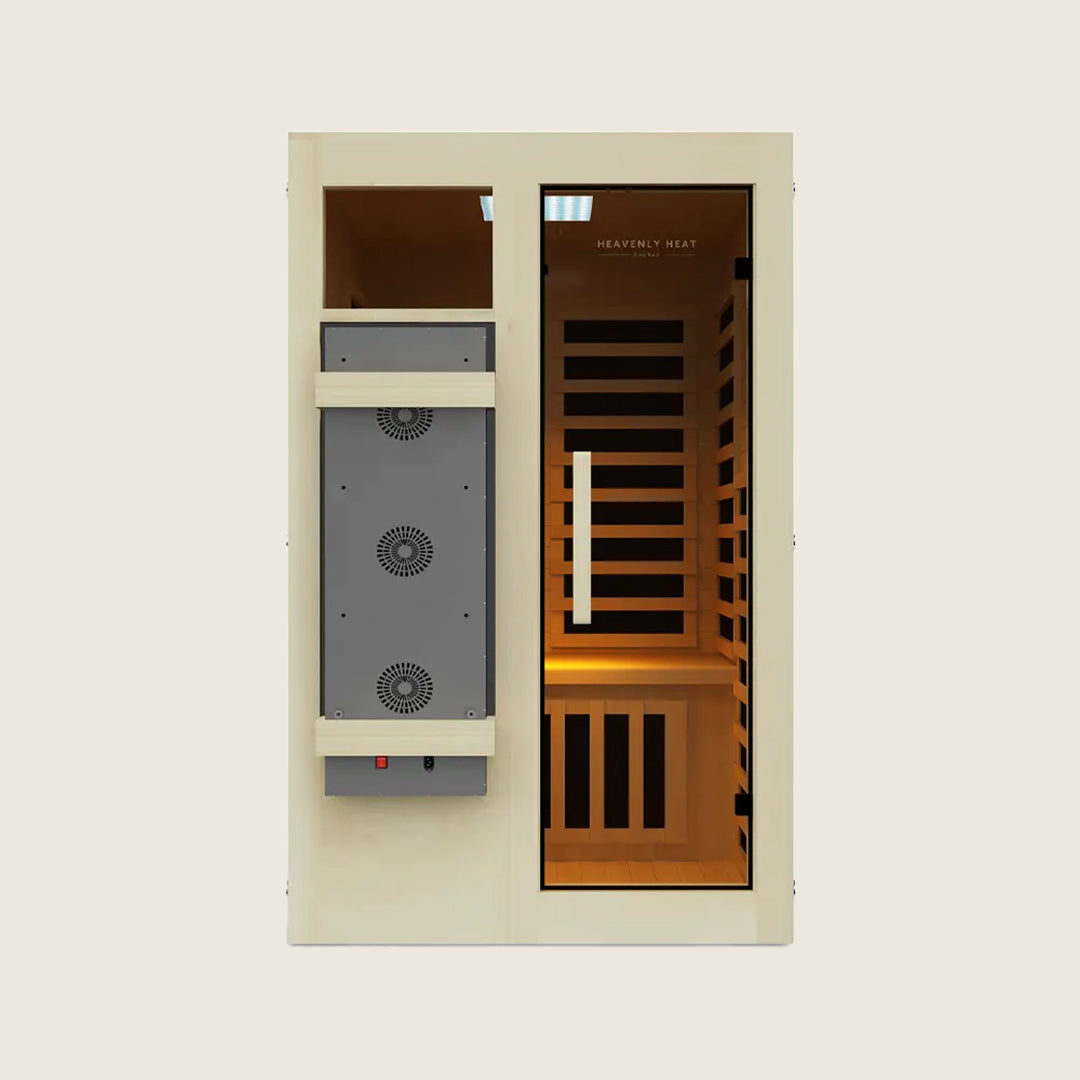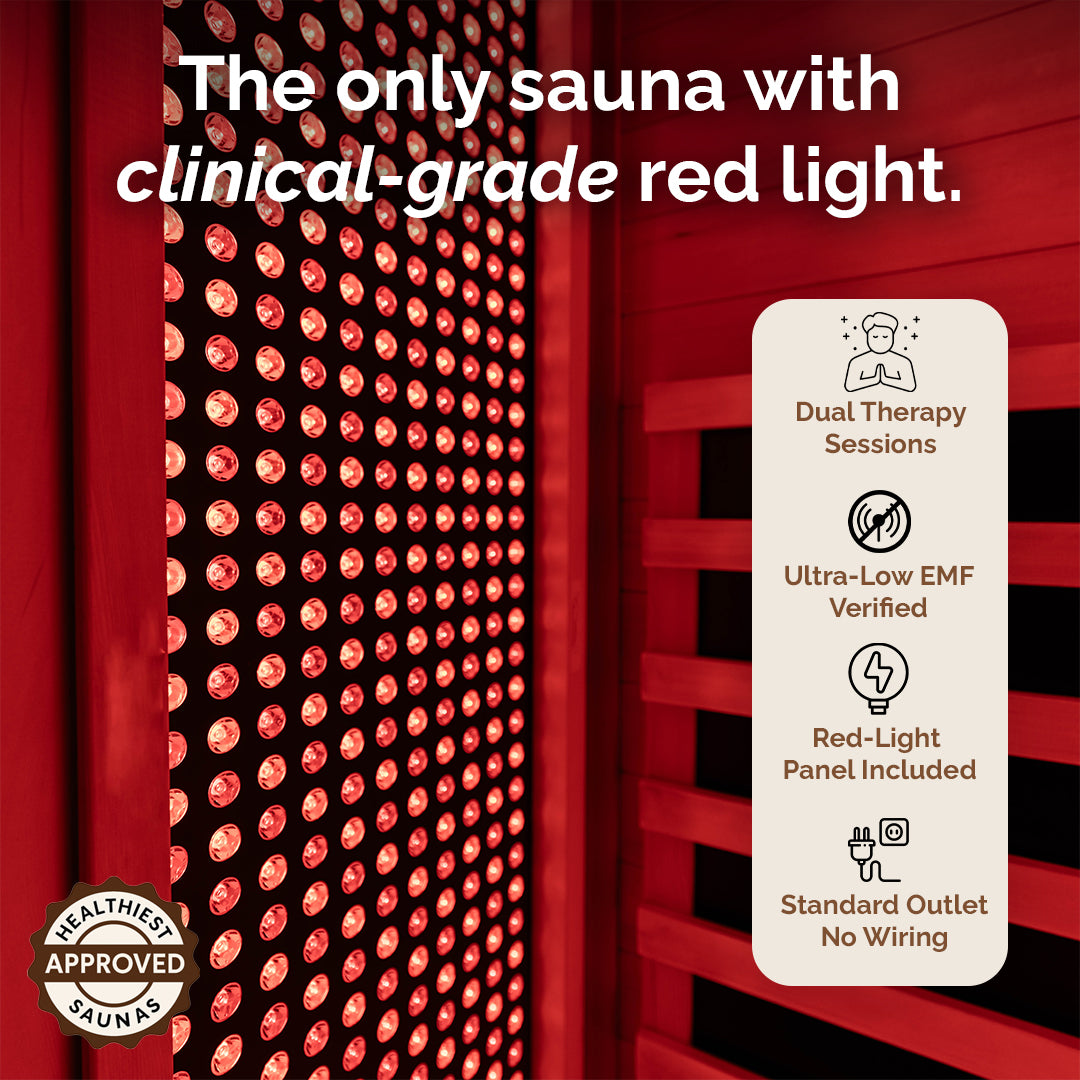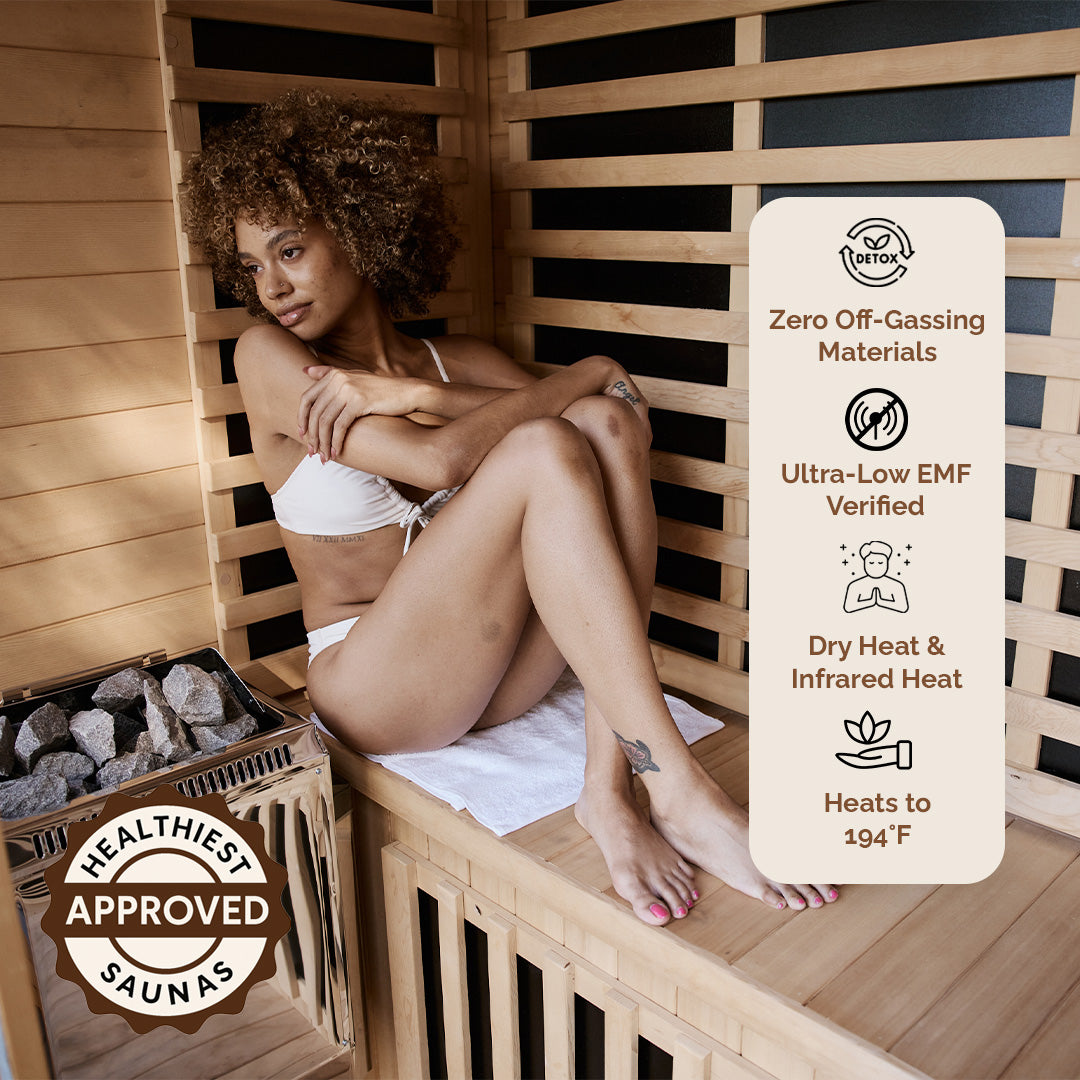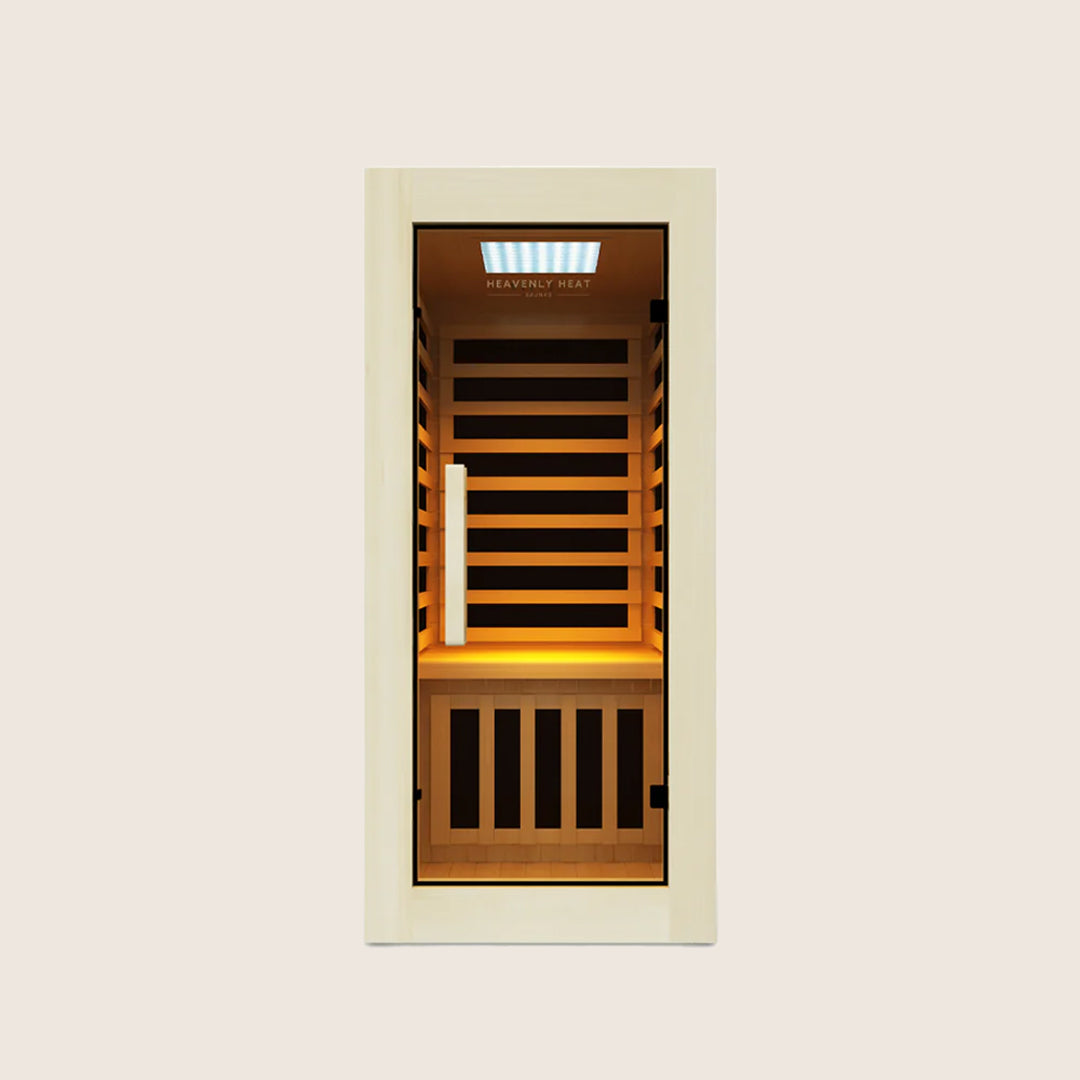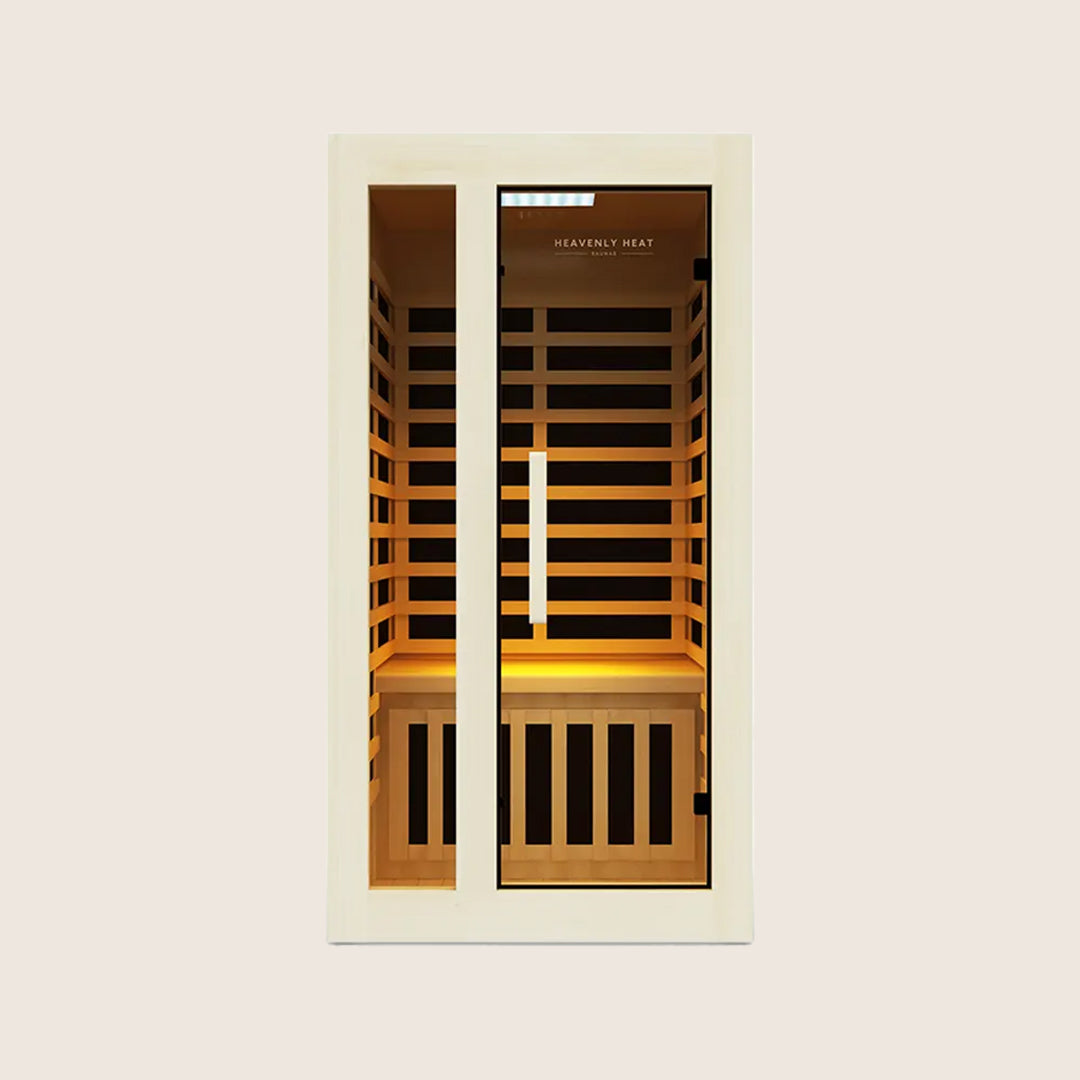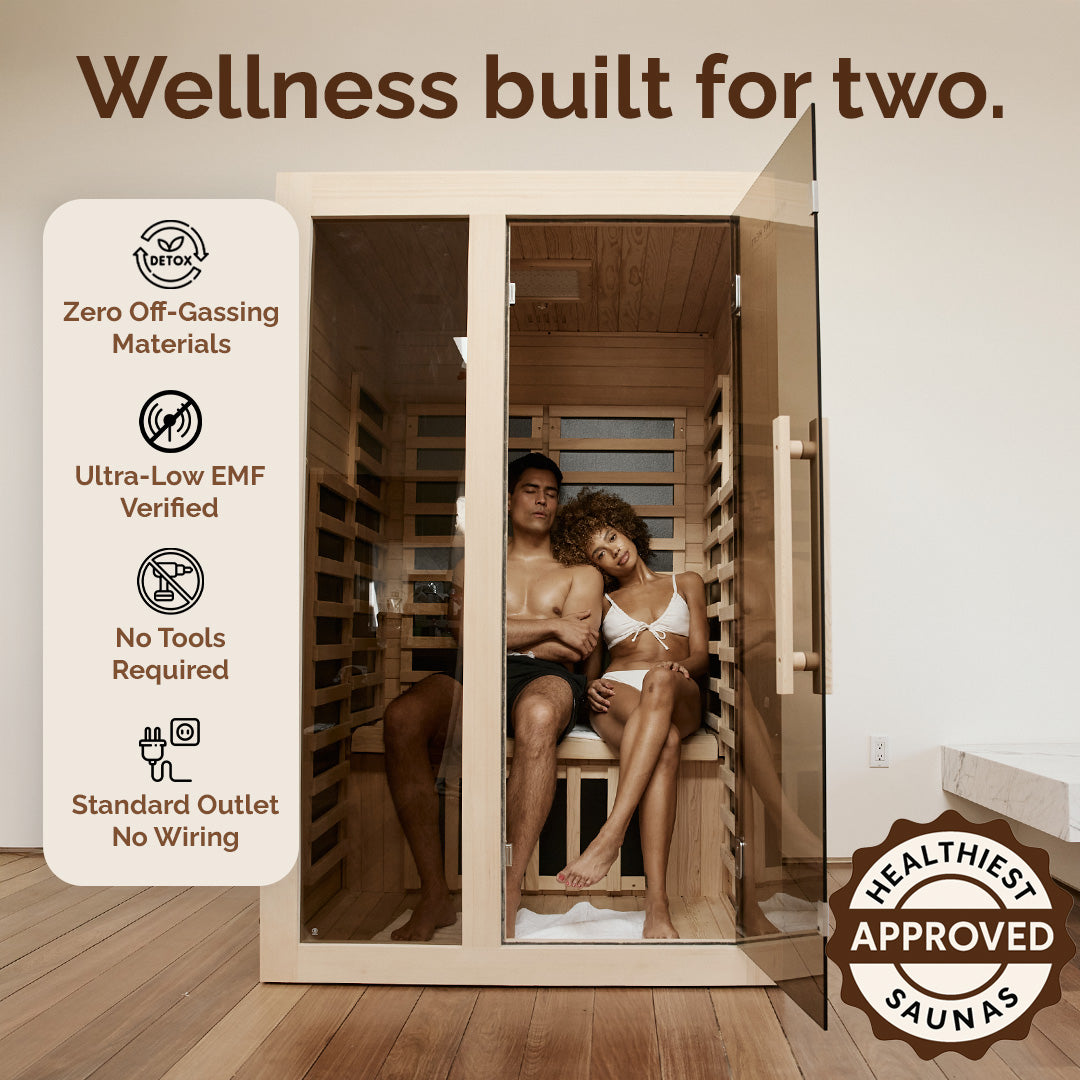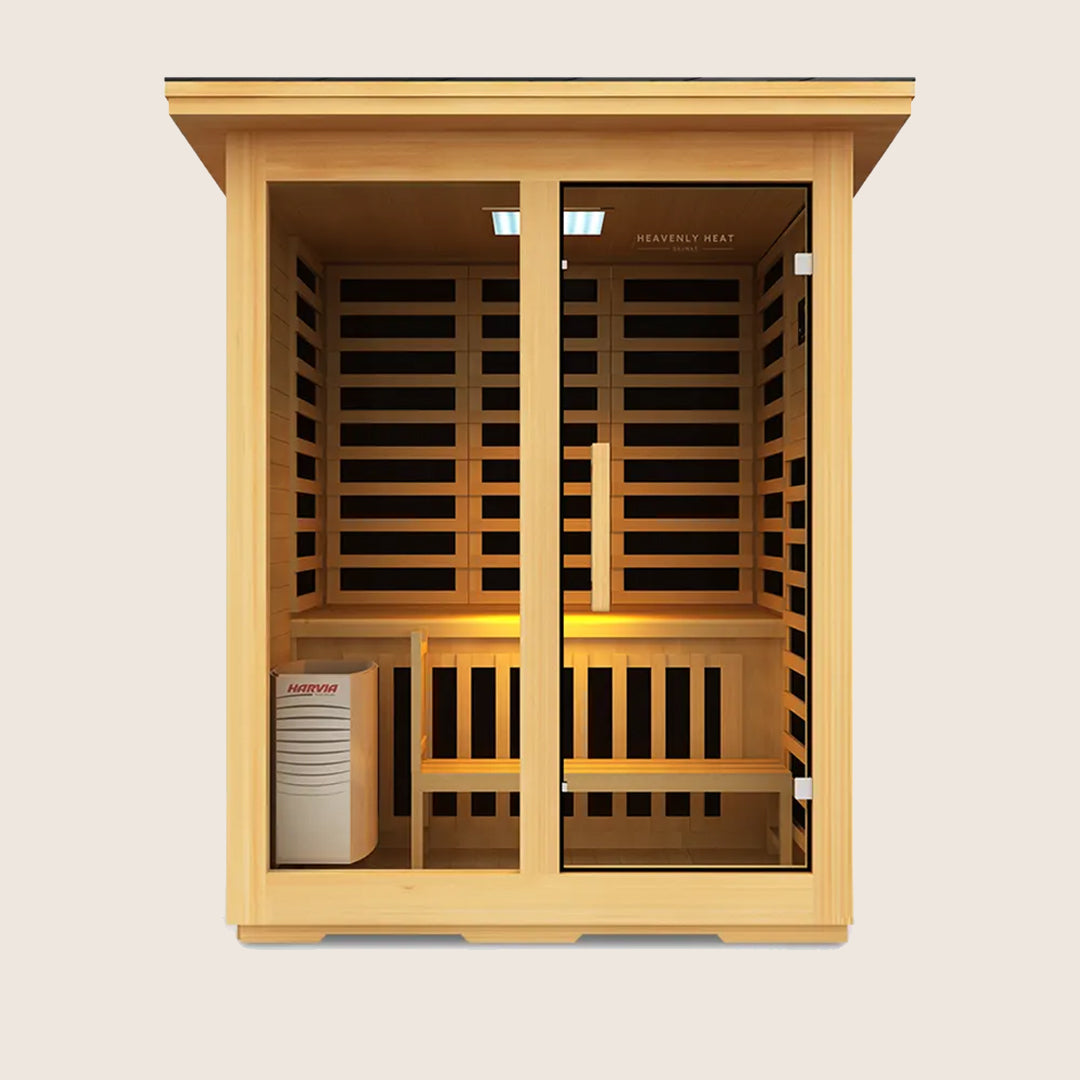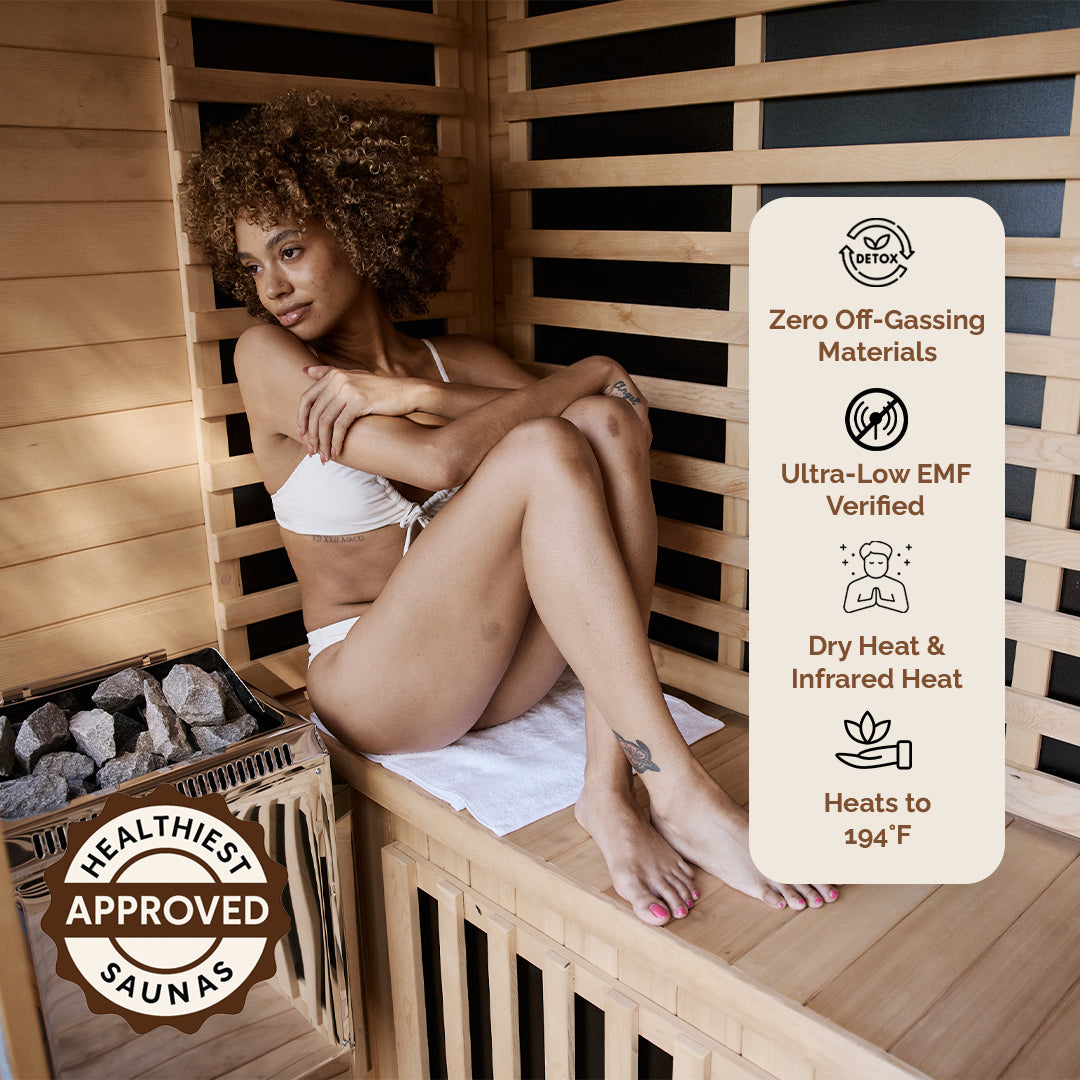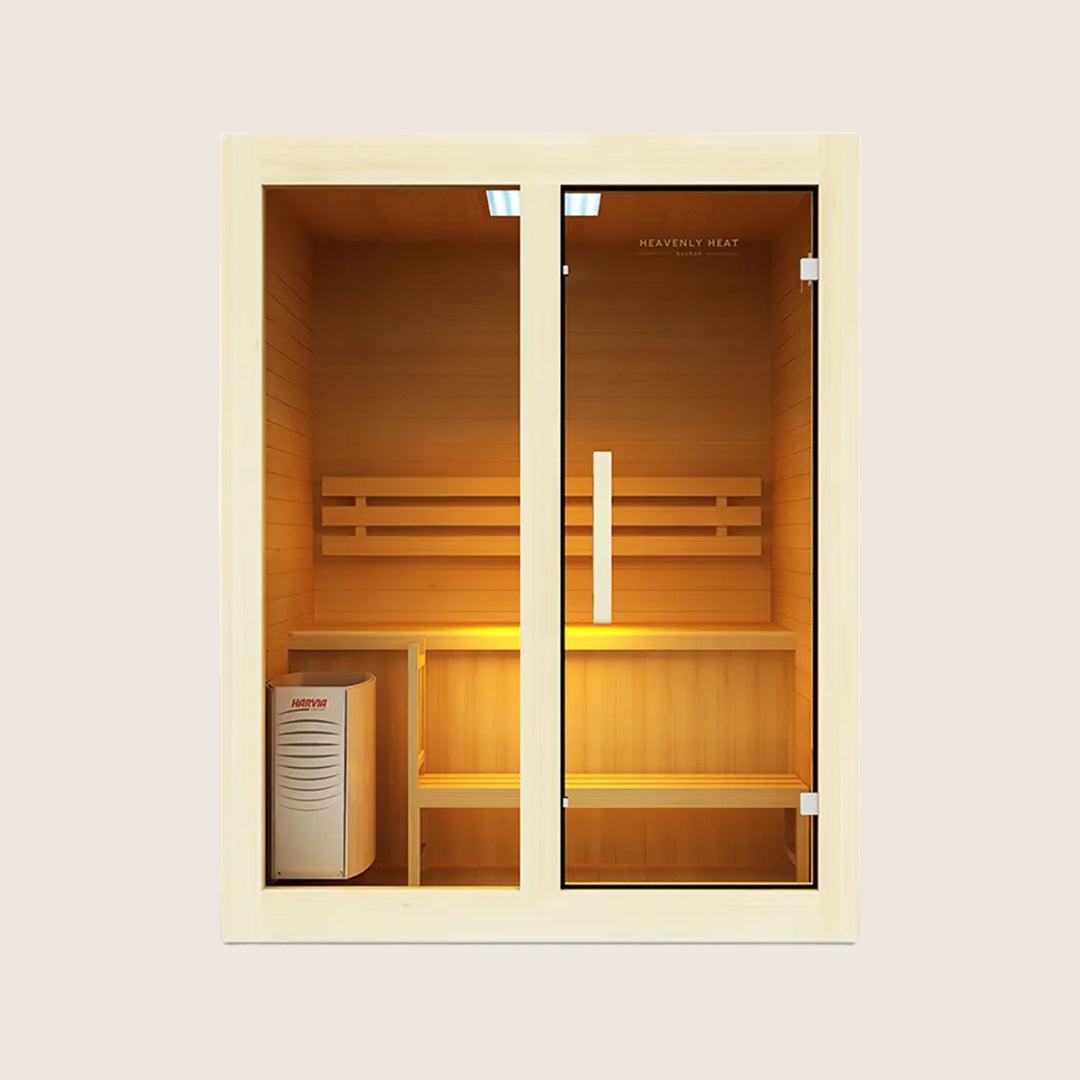Does Red Light Therapy Help With Inflammation?

Red light therapy offers a natural, non-invasive way to reduce inflammation, promoting faster healing and pain relief. But if you’re struggling with chronic inflammation, you know how frustrating it can be.
Nearly 125 million people in the U.S. live with this condition, often caused by infections or abnormal immune responses.
The constant discomfort and difficulty in diagnosis only make things worse. Luckily, red light therapy may be the solution you’ve been looking for.
Table of contents
What is Inflammation?
According to WebMD, inflammation is your body’s natural defense mechanism against harm, such as infection, injury, or toxins. It occurs when white blood cells release chemicals that increase blood flow to affected tissues, causing redness, heat, swelling, and sometimes pain. While this process helps the body heal in the short term (acute inflammation), problems arise when it becomes chronic and persists long after the initial trigger is gone.
Primary causes of inflammation include:
Infections: Bacterial (e.g., strep throat) or viral (e.g., the flu) can activate immune responses.
Autoimmune disorders: Conditions like rheumatoid arthritis occur when the immune system mistakenly attacks healthy tissue.
Lifestyle factors: Chronic stress, poor diet, smoking, and excessive alcohol use can sustain inflammation.
Environmental toxins: Pollutants or chemical exposure may irritate internal systems.
Gut imbalances: Too few beneficial microbes or excess harmful ones may provoke systemic inflammation.
Chronic inflammation can quietly erode your health, contributing to arthritis, heart disease, depression, and even some cancers.
It can cause fatigue, joint pain, and digestive issues, making daily tasks feel draining. Thankfully, adopting an anti-inflammatory lifestyle , rich in leafy greens, omega-3s, regular movement, and good sleep, can restore balance. With the right strategies, managing inflammation becomes not just possible, but empowering.
Key Takeaways
- Support Cell Function: Red light therapy boosts energy production in cells, reducing inflammation.
- Pair Therapy with Healthy Habits: Combine with anti-inflammatory foods, hydration, and sleep for better results.
- Consistency is Key: Regular therapy sessions may show results in 1-3 weeks.
- Check with Your Doctor: Red light therapy is generally safe but consult a healthcare provider for personalized guidance.
Do Red Light Therapy Help With Inflammation?
“Inflammation can be a real struggle—it’s painful, frustrating, and can even interfere with healing. Red light therapy might be able to help with that. This therapy uses red and near-infrared light to target inflammation at the cellular level.
Researchers at Harvard’s Wellman Center for Photomedicine found that red light therapy stimulates parts of the cell, like mitochondria, to produce more energy and activate antioxidant defenses.
This process reduces inflammation seen in joint pain, injuries, and even brain and lung issues, supporting the body’s natural healing and showing promise for many inflammation-related concerns.
In conclusion, red light therapy offers a natural, science-backed way to reduce inflammation and promote healing for various health conditions.
4 Healthy Ways to Reduce Inflammation
Eat Anti-inflammatory foods
Chronic inflammation can wreak havoc on your health, leading to issues like heart disease, diabetes, and arthritis. To combat this, focusing on anti-inflammatory foods can be a game changer.
Foods like berries, fatty fish, leafy greens, and nuts pack powerful nutrients that help reduce inflammation in the body. They provide antioxidants and healthy fats that can lower inflammation levels.
On the flip side, try to avoid processed foods, sugary snacks, and refined carbohydrates, as these can trigger inflammation. You might start noticing the positive effects of anti-inflammatory foods in just a few weeks.
Sleep
Getting enough sleep is essential for keeping inflammation in check. Research by Janet M. Mullington and her team shows that when we don’t sleep enough, our bodies react by increasing levels of inflammatory markers.
In their study published in Best Practice & Research Clinical Endocrinology & Metabolism, they found that even missing just one night of sleep can lead to higher cytokine levels, which signal inflammation.
This means that not getting quality rest can push our bodies into a state of inflammation, making it even more important to prioritize good sleep habits for our overall health.
Stay Hydrated
Dehydration can definitely contribute to inflammation in your body. When you’re not drinking enough water, your body may produce more inflammatory substances.
Staying hydrated helps reduce this risk by flushing out toxins and ensuring your cells function properly. Aim to drink at least eight 8-ounce glasses of water a day, but listen to your body—if you feel thirsty, grab a glass!
Keeping hydrated not only helps lower inflammation but also supports your overall health and wellness.
Exercise
Exercise can significantly help reduce inflammation, which is linked to various chronic diseases and aging-related issues. A critical review by Kristen M. Beavers and colleagues in Clinica Chimica Acta examined how exercise training impacts chronic inflammation.
They found that regular physical activity consistently correlates with lower levels of inflammatory markers in the body. While small studies support the idea that exercise diminishes inflammation, larger randomized trials still need to clarify these effects.
Their findings suggest that increasing physical activity may be a vital strategy to improve inflammatory profiles and overall health, highlighting the importance of staying active for long-term wellness.
Avoid alcohol
Avoiding alcohol can play a crucial role in reducing inflammation. A study by H. Joe Wang and his team in the World Journal of Gastroenterology explored the effects of alcohol on inflammation in the body.
They found that chronic alcohol consumption damages the gut barrier, allowing harmful substances like lipopolysaccharides (LPS) to leak into the bloodstream. This leak ignites systemic inflammation, which can lead to serious health problems.
The research emphasizes that alcohol disrupts both liver and gut functions, making it harder for your body to control inflammation. By cutting out alcohol, you can effectively lower your risk of these inflammatory issues and support better overall health.
Other Therapies that help with Inflammation
Cold Therapy
Cold water immersion helps calm inflammation by cooling your muscles, tightening blood vessels, and slowing down swelling after tough workouts.
This quick drop in temperature gives your body a break from the heat and stress caused by exercise. It also helps flush out waste and reduce soreness.
A 2025 study in Frontiers looked at 55 trials and found that soaking in cold water (5°C–15°C) for 10–15 minutes can lower muscle soreness and inflammation markers like creatine kinase, making it a powerful recovery tool for easing inflammation fast.
Infrared Sauna
Sitting in an infrared sauna feels relaxing, but it does much more than just help you unwind, it actually helps your body fight inflammation.
The gentle heat gets your blood moving, lowers stress in your cells, and cools down the overactive immune responses that cause joint pain and swelling.
It also boosts a natural anti-inflammatory protein called IL-10, which helps calm your body from the inside.
According to Rheumatology International 2025, people with arthritis felt less pain and stiffness and moved more easily after using infrared saunas regularly.
Turmeric/Curcumin Supplements
If you’re looking for a natural way to fight inflammation, turmeric or curcumin supplements can really help.
Curcumin, the key compound in turmeric, helps lower the body’s main inflammation signals, like CRP, TNF-α, and IL-6, which usually rise when inflammation sticks around too long.
According to Cytokine 2023, a review of 66 clinical trials showed that curcumin not only reduced these markers but also boosted the body’s antioxidant power. So, adding turmeric to your routine could be a simple step toward feeling better and less inflamed.
How Long Does It Take for Red Light Therapy to Reduce Inflammation?
The time it takes for red light therapy to reduce inflammation can differ based on several factors, like the type of inflammation, the strength of the light, and how your body reacts. Generally, you might notice improvements within 1-3 weeks if you stick with it.
For quicker results, pair the therapy with healthy habits: eat anti-inflammatory foods, get plenty of sleep, stay hydrated, and exercise regularly.
Staying consistent with your routine helps you get the most out of the therapy and leads to better long-term results.
Is Red Light Therapy Safe for Everyone with Inflammation?
Inflammation can cause pain, swelling, and stiffness, making it tough to feel your best. Red light therapy is a non-invasive, painless option that helps reduce inflammation and support healing. It’s safe for most people, but for more tailored advice, check with your doctor.
Can red light therapy be combined with other treatments for inflammation relief?
Yes, red light therapy can be effectively combined with other treatments for inflammation relief. Pairing it with options like massage therapy, acupuncture, or heat therapy may enhance results by improving blood flow, reducing pain, and accelerating tissue repair for more comprehensive inflammation management.


